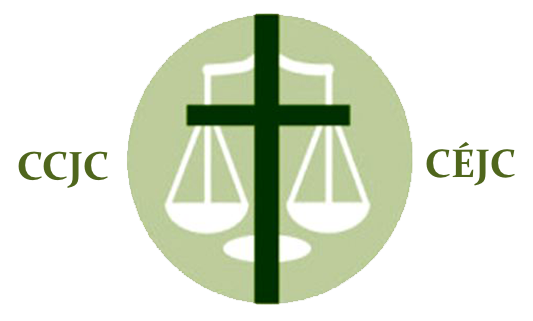Accelerated Parole Review (APR), is a system whereby first-time, non-violent offenders are granted parole by the National Parole Board after the longer of, 6 months or a sixth of their sentence, unless there are “reasonable grounds to believe the offender will commit an offence involving violence before the expiration of their sentence.”
Update: Bill C-53 died with the 2009 proroguing of Parliament. In June 2010 Bill C-39 was introduced which combined Bill C-43, An Act to amend the Corrections and Conditional Release Act and the Criminal Code, introduced in June 2009, and Bill C-53, whose short title is Protecting Canadians by Ending Early Release for Criminals Act. Bill C-59 An Act to amend the Corrections and Conditional Release Act (accelerated parole review) and to make consequential amendments to other Acts which contains the aspects of Bill C-53 and aims at the elimination of Accelerated Parole Review was fast tracked by the government in February and received royal assent on March 23rd.
The Benefits:
The replacement of APR is based on the recommendation made by the Correctional Service of Canada Review Panel, in their report “A Roadmap to Strengthening Public Safety.” This panel felt that APR and Statutory Release (SR) are a “disincentive to offender accountability,” and proposed that they be replaced by “earned parole.” Unfortunately this panel did not consider the context out of which APR arose. Additionally, they provide no comparisons to other jurisdictions, and no statistics to show that the change would increase participation in rehabilitation programs while incarcerated. There is no evidence to suggest that this shift to an “earned parole” would translate into lower rates of re-offending or be more effective than current programs in a cost-benefit analysis. As the John Howard Society of Canada recently stated, the panel’s report is “an extraordinary document largely devoid of historical context, constitutional analysis or research-based evidence.” Both the panel’s observations and recommendations are irreversibly flawed. In fact, since the 90s, the overall rates of both violent and non-violent reoffending by those on Statutory Release have been dropping steadily from an already low rate. The panel is unable to show any evidence that abolishing gradual supervised release for higher-risk prisoners (on average only 6.6 months before they would otherwise have been released), is a reasonable balance against the competing risk of direct unsupervised release into the community.
The Costs:
Despite a lack of evidence suggesting the new legislation would have any positive effect on public safety, it would mean, an estimated 2,310 more prisoners added to the system at a price of around $1 billion in capital costs alone, increasing operating costs by about $156 million annually.
Consider the Alternatives:
More viable options can be found in Community based programs. Of example, offenders on parole who participated in Circles of Support and Accountability run by the Mennonite Central Committee had an overall reduction of 72% in all types of re-offending. Despite running 60 of these circles for $200,000, [the government proposed to cut this program.] Similarly, the San Romanoway Revitalization Project in Toronto achieved a reduction of 49.9% in violent victimization from 2002 to 2006. Additionally, the program has claimed to have achieved significant reductions in violent and property crime resulting in an increased sense of safety. This was a preventative community based project that included summer day camps, mentoring for youth, a computer lab with internet access, and a playground. We seen that community based solutions have been more effective, less expensive, and proven to reduce crime while strengthening communities.

